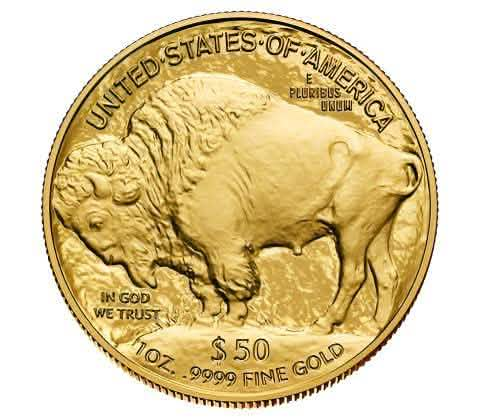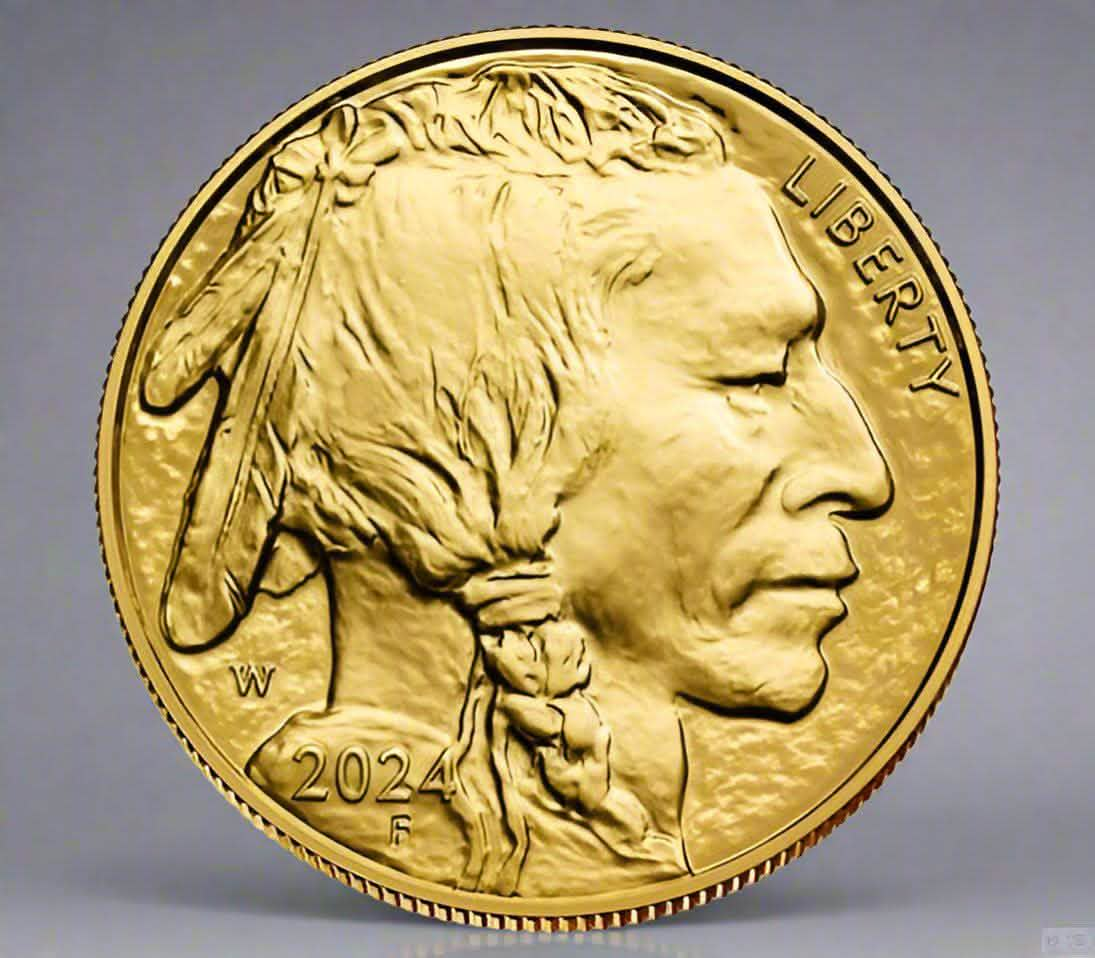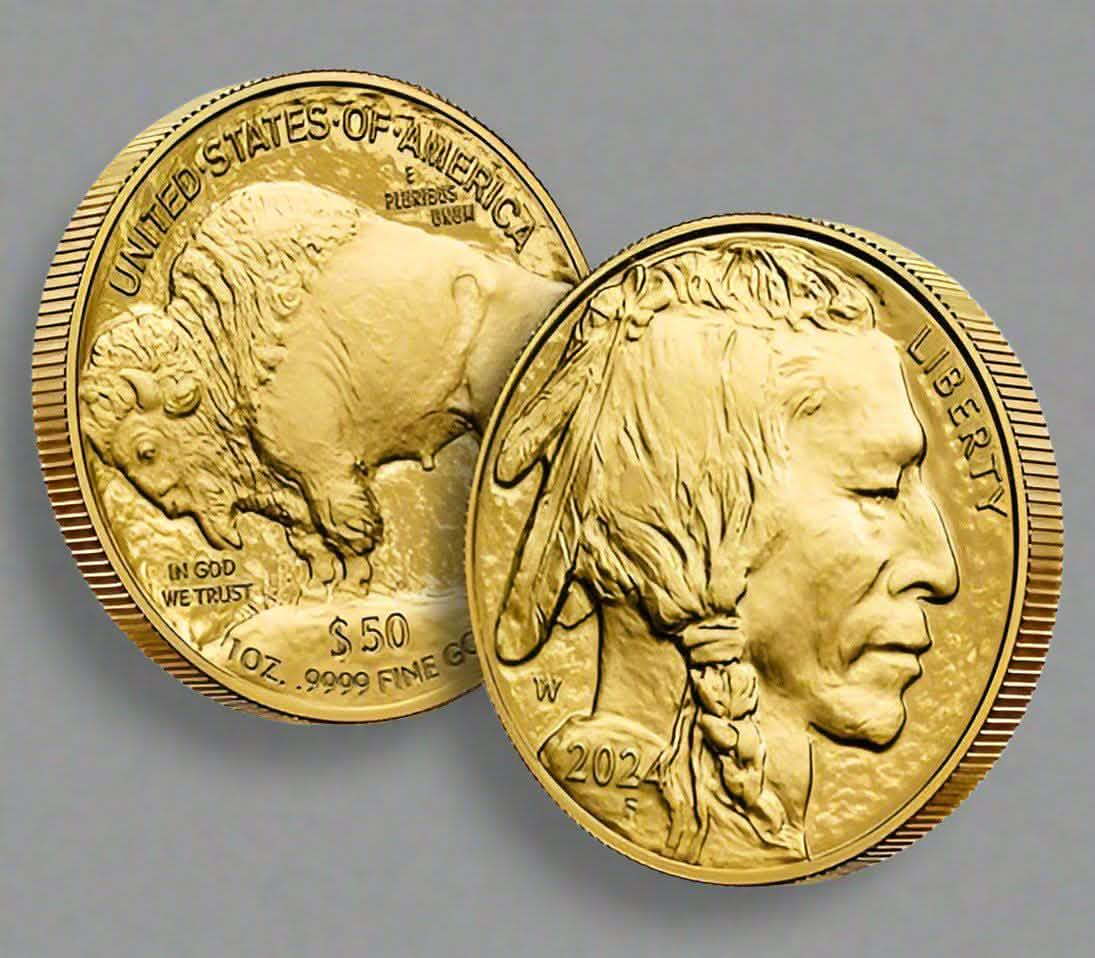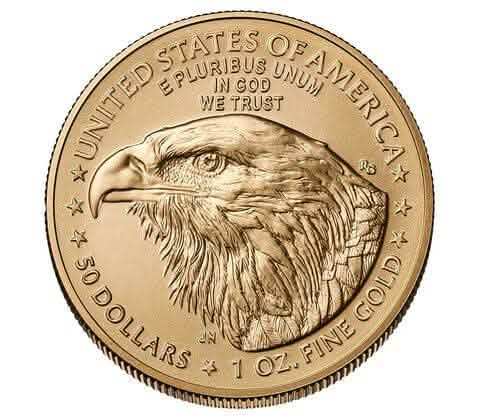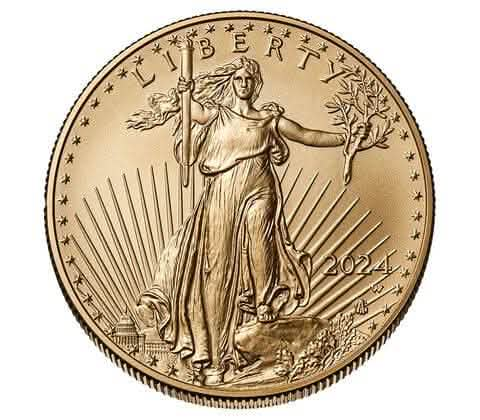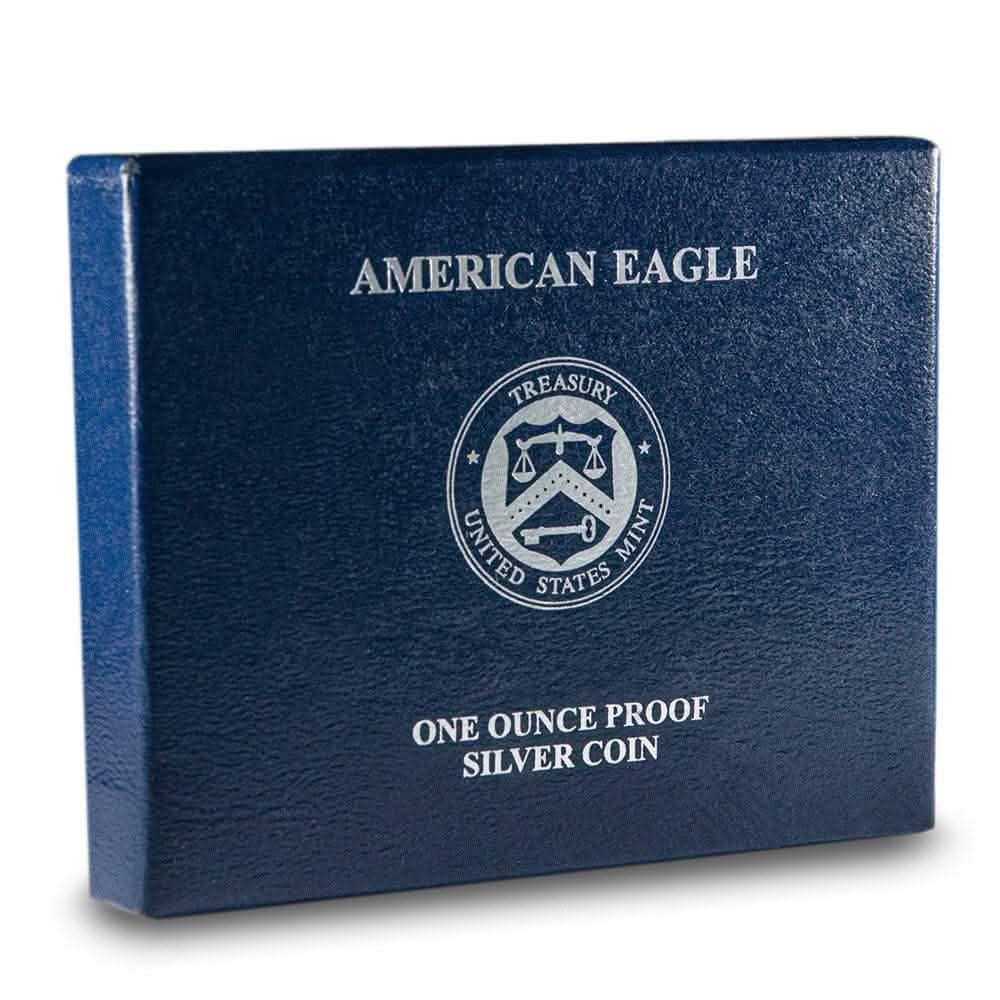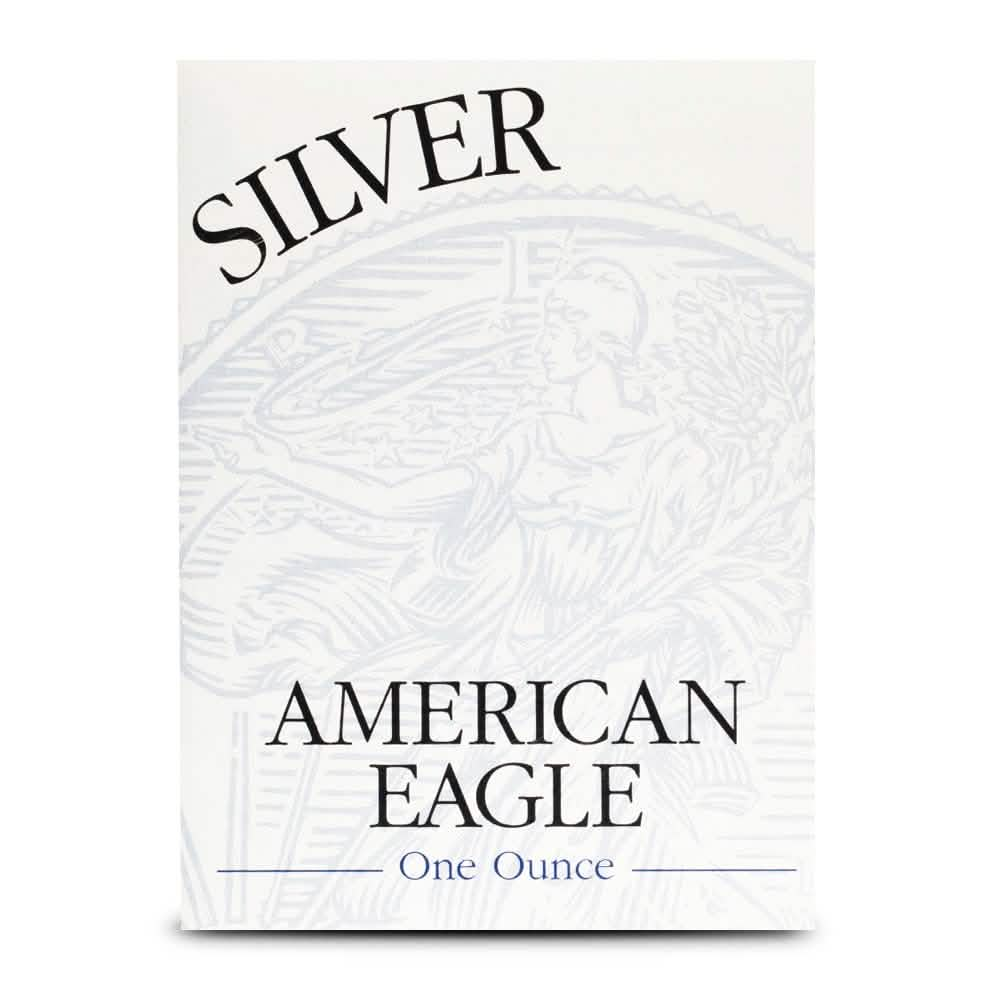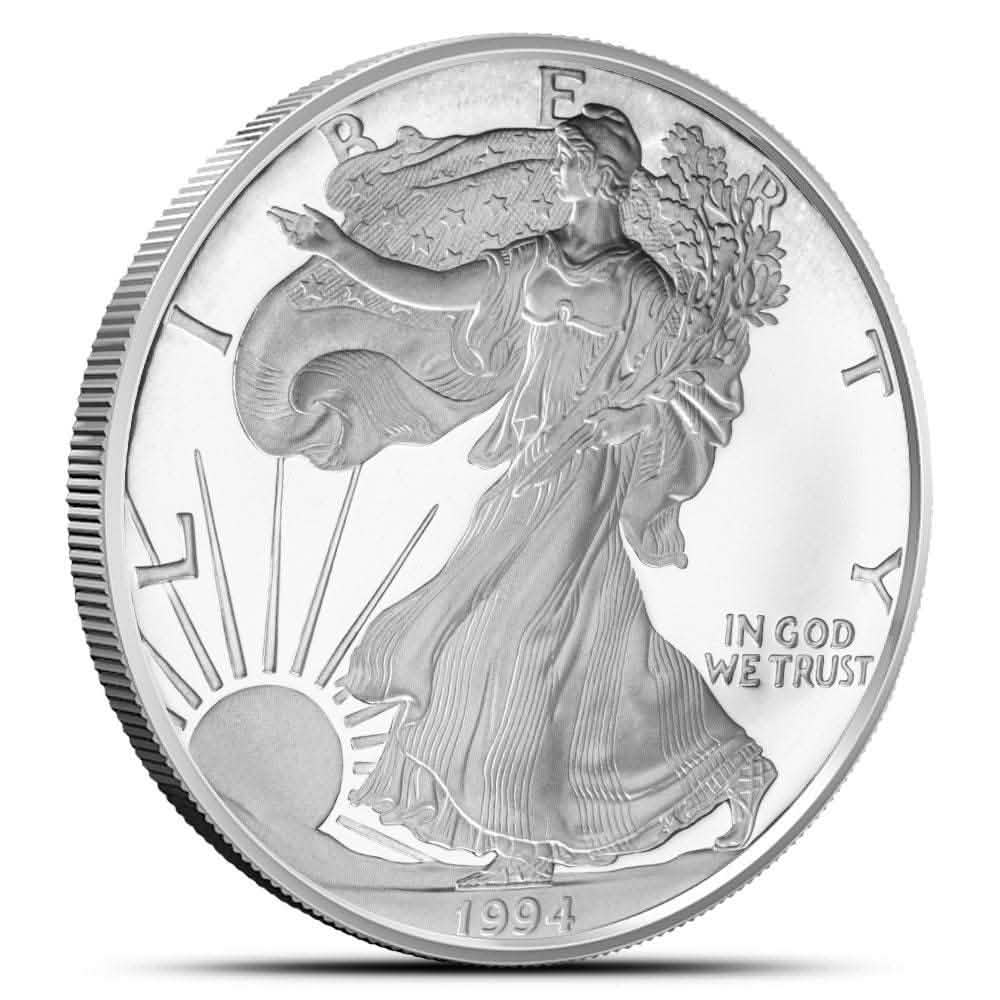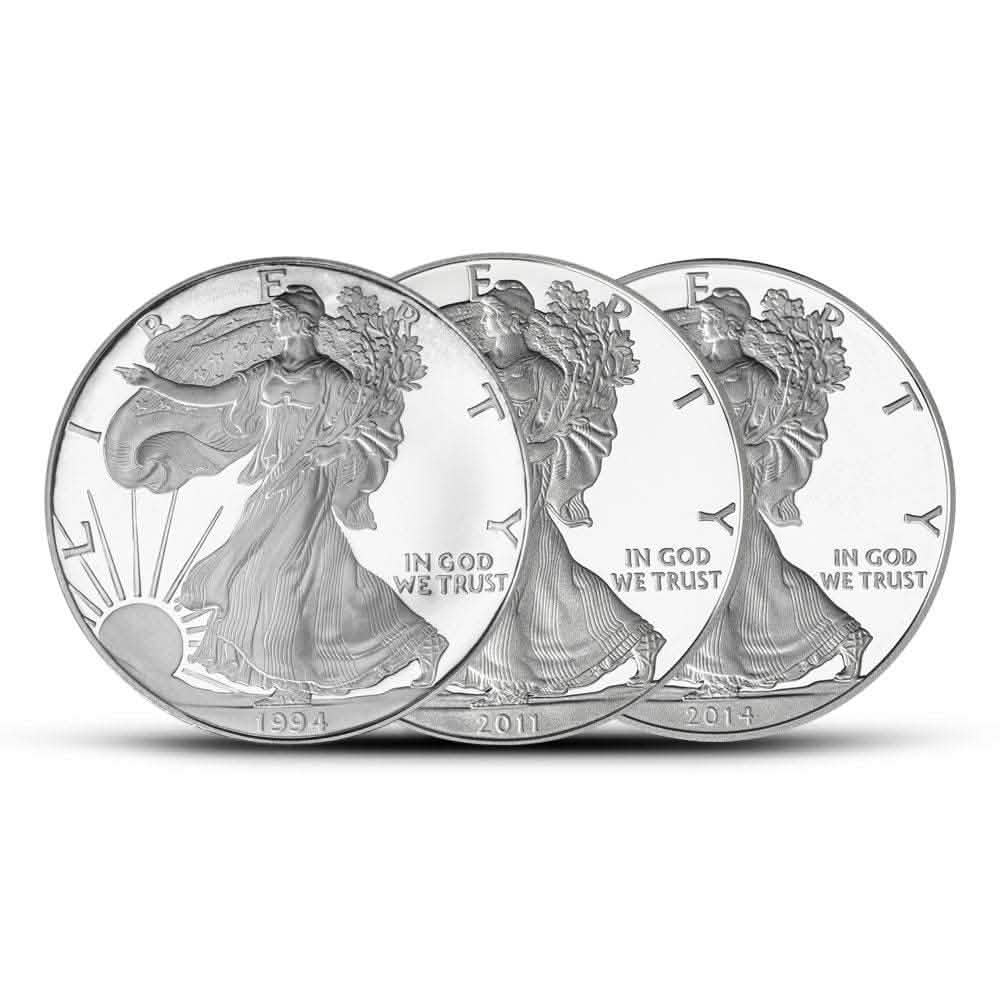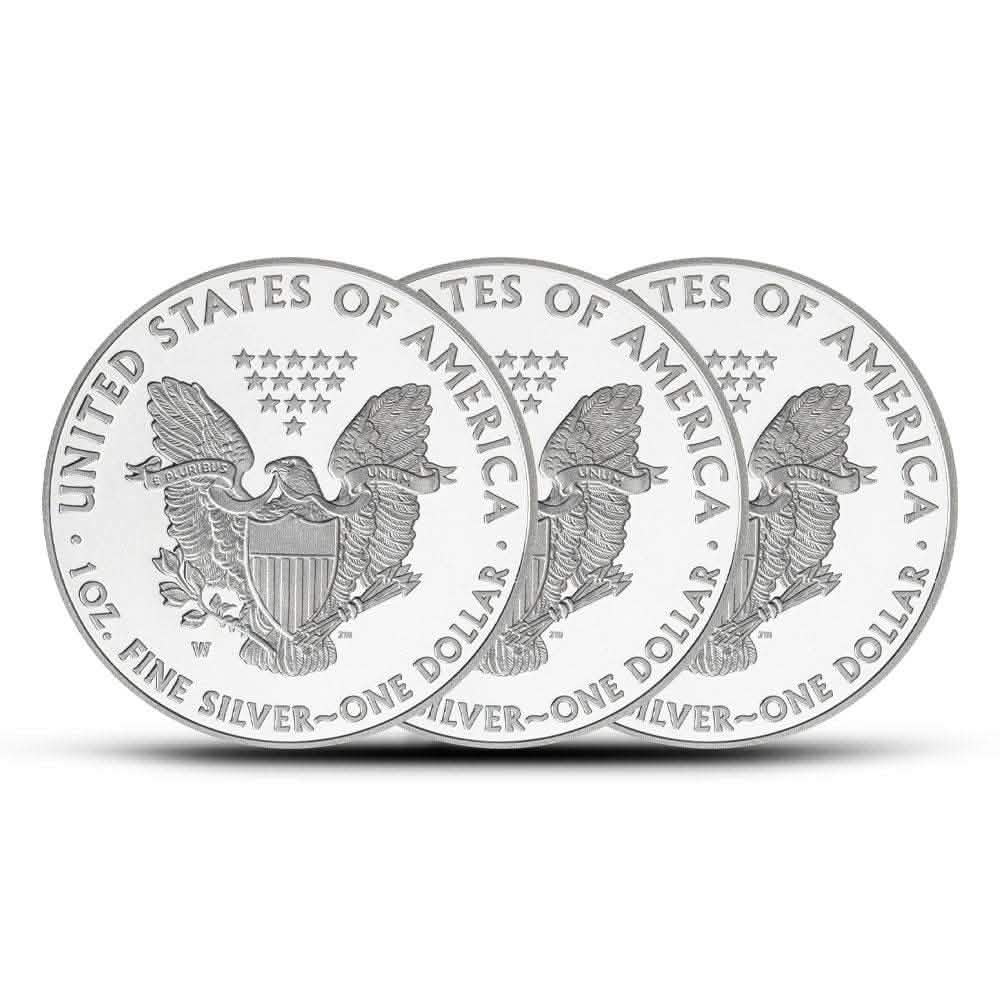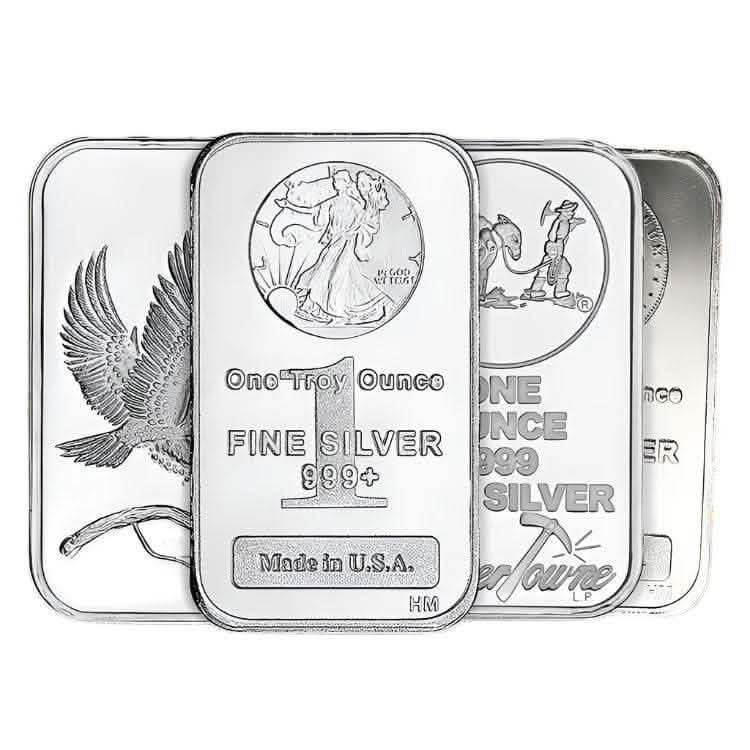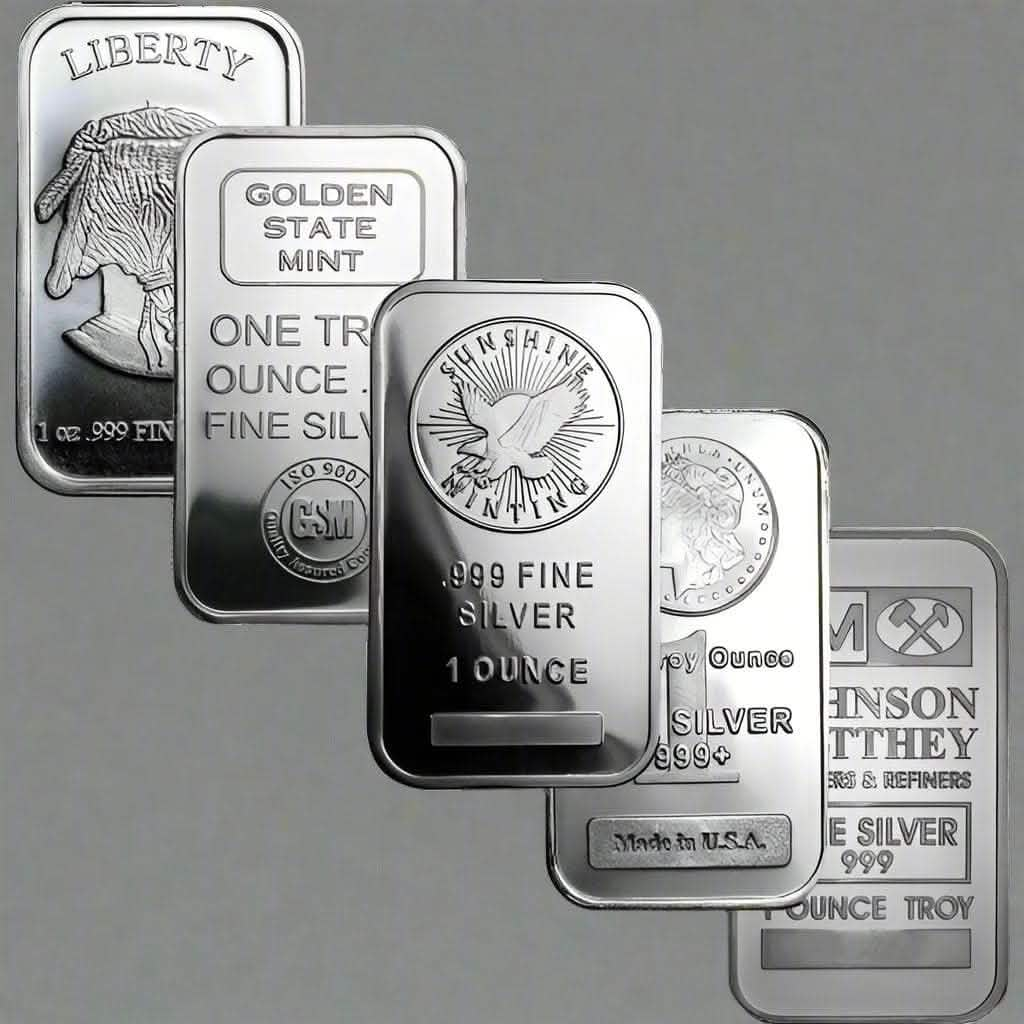Few investments have generated as much debate as gold and Bitcoin. Gold, often considered the ultimate safe-haven investment, has been a reliable store of value for thousands of years. On the other hand, Bitcoin, the world's first decentralized cryptocurrency, has shaken traditional finance to its core since its creation in 2009. Both assets appeal to investors looking for security, growth, and diversification, but they do so in fundamentally different ways.
This blog will comprehensively compare gold and Bitcoin as investment options. From scarcity and portability to their historical performance and future potential, we’ll explore the key factors that can help you decide which asset aligns best with your financial goals.
The Value of Gold & Bitcoin: A Historical Perspective
Gold has been a symbol of wealth, security, and stability for centuries. Its intrinsic value stems from its role as a precious metal and a reserve asset for nations. Gold remains a significant store of value because it is universally recognized, durable, and scarce.
Bitcoin, in contrast, emerged as a disruptor of traditional finance barely a decade ago. The pseudonymous figure Satoshi Nakamoto designed Bitcoin to offer a decentralized alternative to conventional currencies. It captivated early adopters drawn to its potential to reduce reliance on banks and governments. Bitcoin has evolved from a niche experiment into a widely traded digital asset with institutional adoption.
Understanding these two assets' historical significance helps frame their relevance in contemporary investment portfolios.
Gold vs. Bitcoin as Investment Assets
1. Scarcity
According to the World Gold Council, gold is a finite resource. About 190,000 metric tons have been mined to date, and an additional 3,000 tons are mined each year, representing only a tiny percentage of the existing global supply. Gold's inherent scarcity underpins its high value.
By design, Bitcoin's supply is capped at 21 million coins. Each Bitcoin is mined through a digital process called blockchain, with diminishing rewards over time via a "halving" mechanism. With over 19 million Bitcoins already in circulation, the supply is shrinking quickly, making its scarcity arguably even more finite than gold's.
Visualization: A bar chart showcasing the annual mined supply of gold (3,000 tons) versus Bitcoin (328,500 BTC).
2. Divisibility
Gold’s divisibility is limited; although it can be hammered into thin sheets or melted into smaller quantities, the process is cumbersome. It doesn’t lend itself easily to microtransactions, making it less practical for smaller investments or trades.
Bitcoin, in contrast, is highly divisible. Each Bitcoin can be broken down into 100 million smaller units called "satoshis," enabling precise transactions and making it accessible to a wide range of investors, even those operating on smaller budgets.
3. Portability
It is challenging to transport gold due to its weight, bulk, and security concerns. Moving significant quantities across borders often involves legal hurdles and logistics.
Bitcoin is entirely digital and infinitely portable. A single private key—stored securely on a hardware wallet or memorized—can represent millions in value, making Bitcoin more practical for transferring wealth worldwide.
4. Durability
Gold is virtually indestructible. It doesn’t age, rust, or deteriorate, making it an extraordinarily durable way to preserve wealth over long periods.
Bitcoin’s durability lies in its blockchain—the decentralized public ledger that records all transactions. While the coins are digital and “stored” on the blockchain, they are susceptible to losses if private keys are misplaced.
Historical Performance of Gold & Bitcoin
Both gold and Bitcoin have seen significant price movements, though their volatility levels differ.
- Gold’s Performance: Historically, gold has been relatively stable, serving as a hedge against inflation and economic uncertainty. For example, during the 2008 financial crisis, gold prices soared as investors sought shelter from collapsing financial markets.
- Bitcoin’s Performance: Bitcoin, in comparison, has experienced dramatic fluctuations. Since its inception, Bitcoin has delivered exponential returns during specific periods. Still, these gains have been accompanied by significant crashes, often causing it to lose 50% or more in value within weeks. According to data from CoinDesk, Bitcoin’s annualized return over the past 10 years has outpaced gold—but with higher risk.
Visualization: A time series chart comparing 10 years of price movements for gold and Bitcoin, highlighting annualized returns and volatility metrics.
Security and Storage
Gold
Gold is typically stored in vaults, safety deposit boxes, or at-home safes. While these methods are secure, they also incur storage fees and the risk of theft or damage. Physical ownership also requires trust in custodians or intermediaries.
Bitcoin
Bitcoin requires digital wallets for storage, categorized into hot wallets (connected to the internet) and cold wallets (offline for enhanced security). While digital storage eliminates physical risks like theft or decay, it introduces new risks such as hacking or losing access to private keys.
Investors must weigh these differing storage dynamics when selecting between gold and Bitcoin.
The Future of Gold & Bitcoin as Investments
The future for gold and Bitcoin holds promise, albeit shaped by different forces.
- Gold is expected to remain a haven asset during economic downturns. However, its returns are likely to be modest compared to riskier investments.
- Bitcoin faces potential regulatory challenges and energy consumption criticism, but advancements in blockchain technology and growing institutional adoption could drive demand.
Ray Dalio, a seasoned investor, noted that "gold has been mankind’s choice as a store of wealth since ancient times.” Meanwhile, Peter Schiff, a vocal critic of Bitcoin, insists it lacks intrinsic value. On the other hand, Bitcoin advocates point to its rapid adoption and role in decentralizing financial power as indicators of its staying power.
Visualization: A world map showing regions with the highest investment volume in gold and Bitcoin.
A Balanced Investment Approach
Deciding between gold and Bitcoin depends mainly on your risk tolerance and investment goals.
- If you value stability and a long-established store of value, gold may be the safer choice. It’s less volatile and less susceptible to regulatory shifts.
- If you’re comfortable with volatility and are seeking potentially higher returns, Bitcoin offers a high-growth opportunity within a digitized economy.
Consider holding both assets in your portfolio to balance the pros and cons. Diversification mitigates risk and enhances resilience during different economic cycles.
